Classic Australian Penfolds through a California lens
It may rankle the purists but there’s no identity crisis in Penfold’s Californian collaboration — although ambitious pricing may ruffle some feathers
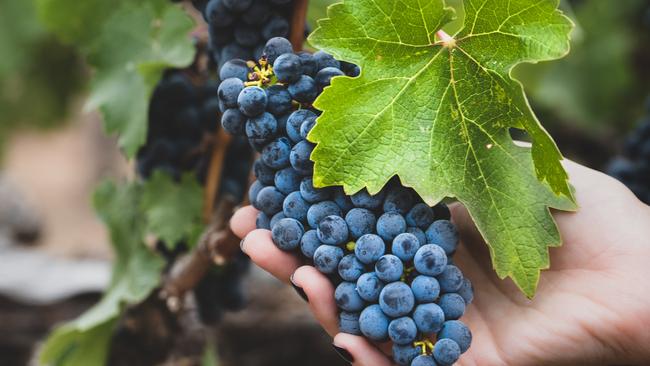
Penfolds makes a big deal of a small cottage surrounded by vines at a point where Adelaide’s sedate eastern suburbs yield to the wilder hills beyond.
A modest dwelling of a few low-ceiling rooms, the cottage was home to company founders Christopher Rawson Penfold and his wife Mary, and its name — The Grange — sits alongside theirs on the wine that has done more than any other to ensure Penfolds is the most prominent Australian player in the fine wine world.
It’s a story-telling shortcut made of stone, an easily decoded symbol for the humble origins of sustained and widespread success.
Penfolds would spread from this original site in the foothills, first to other parts of South Australia, then to other Australian states.
The Penfolds winemaking philosophy has always been open-minded about origin, more interested in quality of fruit and its synergy with the ingrained “house style” than postcodes. In fact, the only single-vineyard wine the company produces comes from the vines around the cottage at Magill.
But in recent years, and not without controversy, Penfolds’ sights have started stretching offshore.
First there was the release of a wine fortified with the Chinese spirit, Baijiu, a product able to avoid any explanation for its existence other than an obvious acknowledgment of how important China had become in driving the company’s success. Then followed a Champagne project, a collaboration with Champagne house Thienot.
Again the cynics emerged, wondering where an Australian winemaker was tapping into the vast reservoirs of chutzpah required to play in the Champagne space.
The resistance from the French came from their concern the name Penfolds was so recognisable many would never realise the wines were actually from Champagne. That was almost justification in itself.
This week sees the next step in this mission to plant the Penfolds flag on distant shores, with the release of four new wines from California.
Where the previous offerings were interesting diversions, these come straight from Penfolds’ core constituency. Structured, statuesque, age-worthy red wines built from cabernet sauvignon and shiraz.
The wines, all from the 2018 vintage, were two decades in the making and the culmination of a journey of fits and starts.
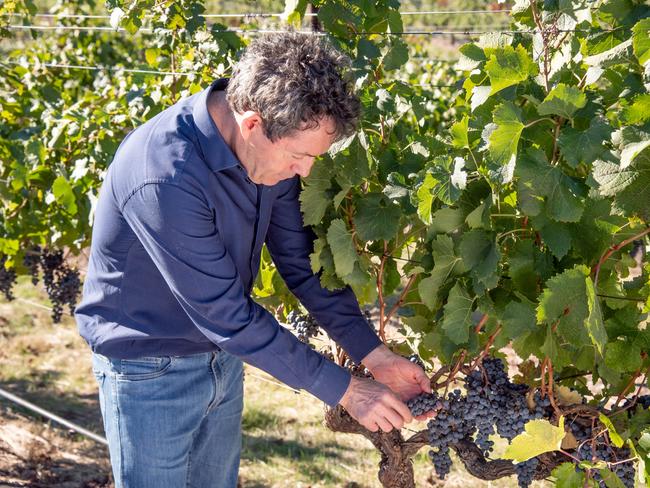
In the last years of the last century, Penfolds took selected cuttings from some of its key SA vineyards to California and planted them in Paso Robles. Wines made from these cuttings in the 2006 and 2007 vintages made it to bottling but were never commercially released.
Move forward 10 years, and with access to the significant Napa Valley vineyard resources of parent company Treasury Wine Estates, made even more abundant by the acquisition of vineyards from liquor giant Diageo, plans for a serious crack at producing something from America’s most prized vineyard dirt were put in place.
Two key members of the Penfolds winemaking team — Stephanie Dutton and Andrew Baldwin — were on the ground in California for months on end, identifying key vineyards across the key Napa Valley sub-regions, and working with chief winemaker Peter Gago to shape the wines.
But the purpose is not to make more Napa Valley wine, but to make Penfolds Napa Valley wines. That meant barrels coopered by AP John in the Barossa Valley, an intrinsic element in the Penfolds house style, were shipped to the US for both fermentation and maturation of the Californian wines. Other hallmarks of the Penfolds style — open fermenters, shorter macerations and softer tannin management — were also employed.
The project has been impacted by COVID-19 and catastrophic bushfires in California in 2019 and 2020, but the commitment is there to push the project along in the longer term, and it’s timely for Penfolds to draw more attention in the North American market at a time Chinese ardour for its wines is being tested by tariffs.
The wines are released globally on March 4.
-
BIN 600 Cabernet Shiraz 2018, $90
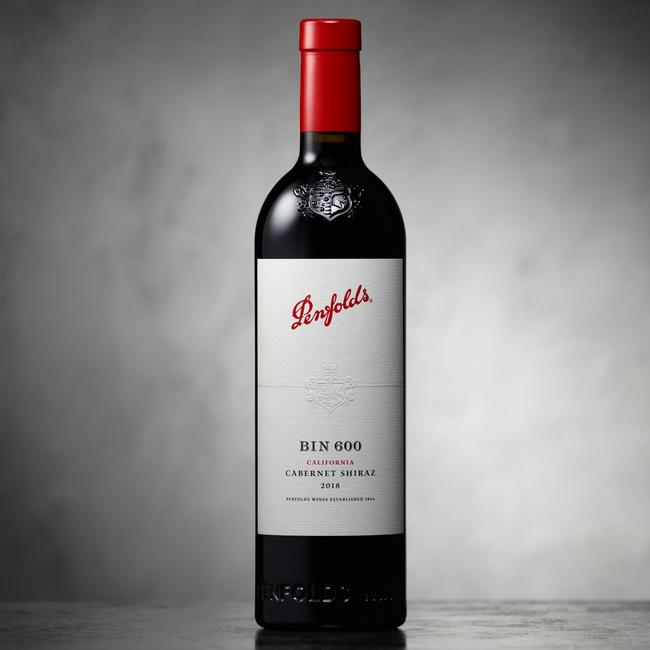
The classic Australian red blend through a Californian lens. Mostly cabernet from Napa with 20 per cent a blend of shiraz from Sonoma and the Penfolds plantings in Paso Robles. Silken and supple, it’s a wine of soft curves and gentle tapering, with a basket of black fruit characters entwined with elements of licorice, coffee grounds and the finest Belgian chocolate.
-
BIN 704 Cabernet Sauvignon 2018, $120
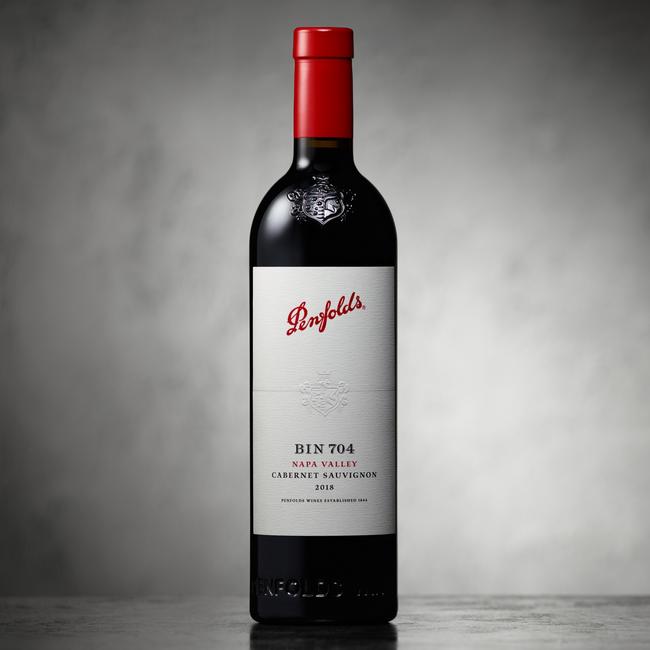
While it would’ve taken the marketing department five minutes to take the name of the Australian equivalent — Bin 407 — and flip it, the more substantial work of the winemaking team is evident. It’s a Californian cabernet tilted towards the variety’s inherent dark fruit rather than the herbal notes that can sometimes lurk within, packed with blackberry compote and dark cherries, panforte and the espresso served with it. Beautifully shaped, plush through the mid-palate, finely tapered through the finish.
-
BIN 149 Cabernet Sauvignon 2018, Napa Valley & South Australia, $220
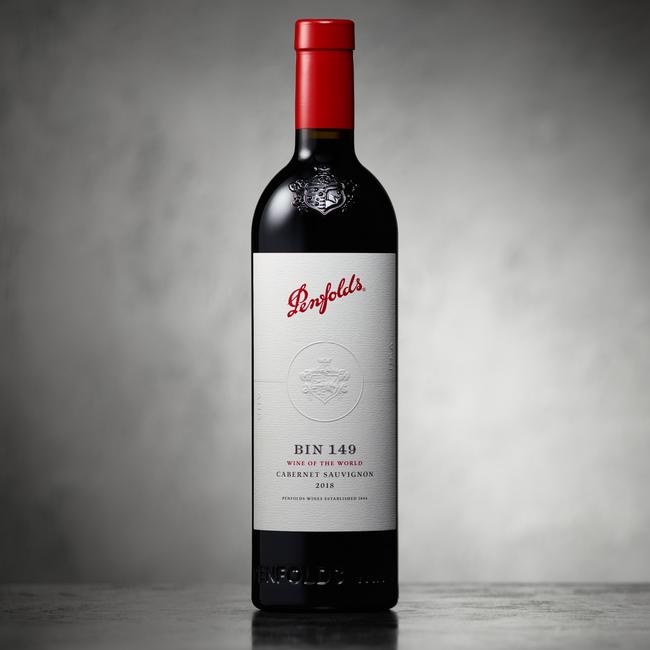
A wine full of questions and elusive answers, asking the drinker to consider the character of cabernet grown either side of the Pacific. The Napa component, the vast majority of the blend, is driven by dark fruit characters, rich, plush and opulent. The South Australian contribution brings a savoury element not seen in the Bin 704, hints of cedar, cool menthol and baked-on bits of roasting pans stacked with beef. The overall result is a wine as impressive as it is provocative.
-
QUANTUM 2018, Napa Valley & South Australia, $950
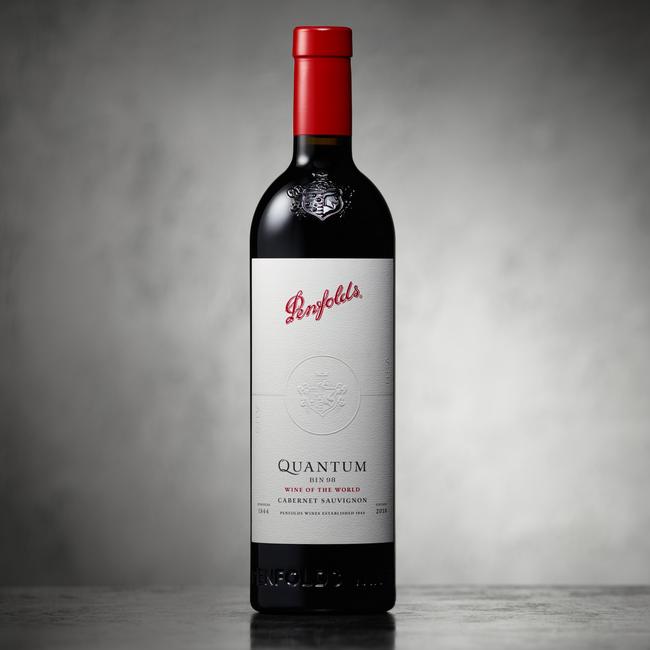
This is the wine that will really ruffle feathers. The ambitiousness of the pricing, the merging of the very best of Napa Valley cabernet with a small, but significant, amount of the A-grade South Australian shiraz, the label that announces it as a “Wine of the World”.
The wine itself is worthy of the attention it will attract. It’s imposing and heroically framed, its aromatic lift immediately seductive, a torrid swirl of blackberries and violets. Its plushness and density are the initial palate impressions but with time its detailed etching and deep layering are revealed, and the intriguing hallmarks of the classic Grange style, lifted volatile acidity and hints of formic acid, rise from the wine like a cheekily raised middle finger.
It’s fair to say it’s a wine unlike any other, but it’s also the strongest validation of the project there is.
-
Fears of ‘identity crisis’ put to rest in first taste test
These are wines that will attract cynical commentary and existential questions in equal measure. The cynicism comes from quarters that would keep Penfolds on a tight leash, the people who each year bemoan the price increases on new Penfolds releases, with some justification, and, with no justification at all, claim Penfolds has got too big for its boots. That can be washed away with the quality of the wines.
The existential questions are fascinating. How does the Penfolds winemaking style, so familiar and consistent, manifest itself in a different realm?
It makes sense, to me at least, that the Penfolds touch would find its most receptive target in California. The plushness and polish of great Napa Valley cabernet is a perfect Penfolds canvas.
Josh Greene, editor and publisher of Wine and Spirits magazine in the US, is another who has been asking these questions, and gives his perspective from across the Pacific.
“When the Penfolds team here in the US told me about the new project, I was surprised and tried not to dismiss it out of hand before speaking with Peter (Gago). But it initially seemed like a non-starter to me.
“Our editorial team at the magazine focuses on regional expression as a primary driver of value in wine — or, said another way, regional expression, or site expression, that is not reproducible by technological means, is what interests us and what we believe is where the magic happens with wine.
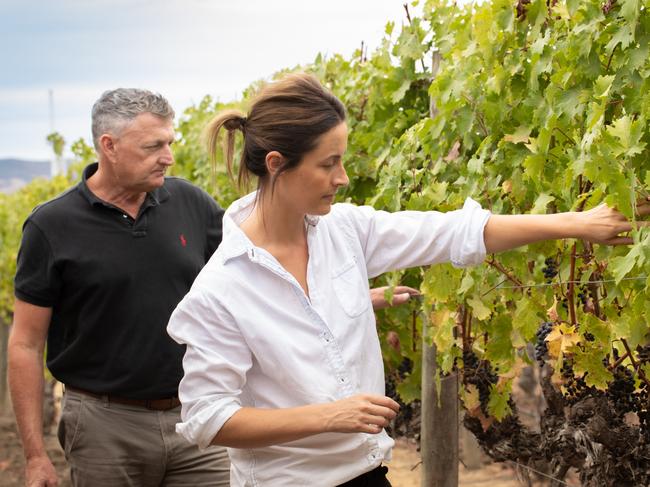
“So, I was not really keen on this idea, especially the part about Bin 149 and Quantum.
“But having tasted the California wines and the Napa Valley/South Australia blends with Peter, and hearing the story of how they came to be, I was not only interested, I was fascinated.
“Rather than turning the wines generic, the blends of the two regions pointed up the values of each in ways that I had not considered.
“In placing the Penfolds name on a wine from California, Peter’s team seems to have considered with care what that does, in fact, mean. And the wines show it. They are thoroughly Penfolds from a different land.
“Which raises the question, what is the definition of a Penfolds wine? And it raises some other questions as well, about the identity of Napa Valley cabernet and, in particular, how that identity marries with South Australian cabernet or shiraz.”
The search for ongoing answers to these questions will be fascinating to watch.
